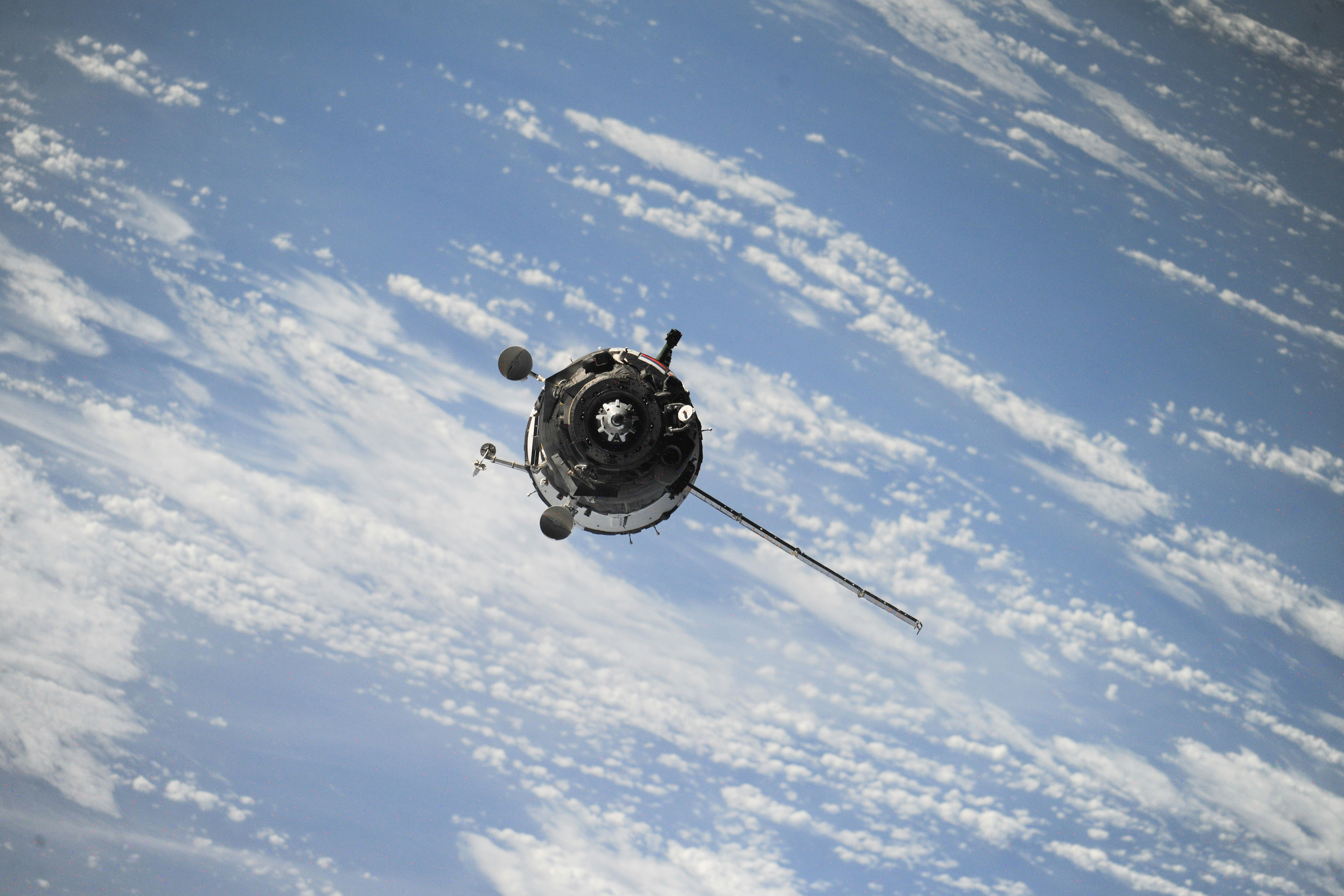Exploring the Red Planet
India’s space agency, the Indian Space Research Organisation (ISRO), has made history once again with its successful Mars Orbiter Mission. This groundbreaking achievement not only marks a milestone for India’s space exploration program but also showcases the country’s technological prowess and commitment to scientific advancements.
ISRO’s Mars Orbiter Mission was launched in November 2013 with the goal of studying Mars’ atmosphere, climate, and mineralogy, as well as searching for evidence of past or present life. This ambitious endeavor involved placing a spacecraft in orbit around the Red Planet, a feat that only a handful of nations have accomplished.
India’s Technological Marvel
The Mars Orbiter Mission, also known as Mangalyaan, was made possible by the innovative engineering and scientific expertise of ISRO’s dedicated team. The spacecraft was equipped with a suite of scientific instruments, including a Mars Color Camera, a Thermal Infrared Imaging Spectrometer, and a Methane Sensor, to gather crucial data about the planet’s atmosphere and surface.
What sets the Mars Orbiter Mission apart is not just its scientific objectives but also its remarkable cost-effectiveness. With a budget of approximately $74 million, ISRO’s Mars mission was significantly cheaper than previous Mars exploration missions by other countries. This achievement highlights India’s ability to achieve great scientific feats with limited resources, making it a role model for other nations.
A Global Impact
ISRO’s successful Mars Orbiter Mission has garnered worldwide recognition and admiration. As the fourth space agency to reach Mars, after NASA, Roscosmos, and the European Space Agency, ISRO has firmly established India’s position as a major player in the field of space exploration.
The mission’s success also paves the way for future collaborations with international space agencies and scientists from around the globe. By sharing its scientific findings and expertise, ISRO can contribute to a better understanding of Mars and the potential for human colonization of other planets in the future.





Leave a Reply